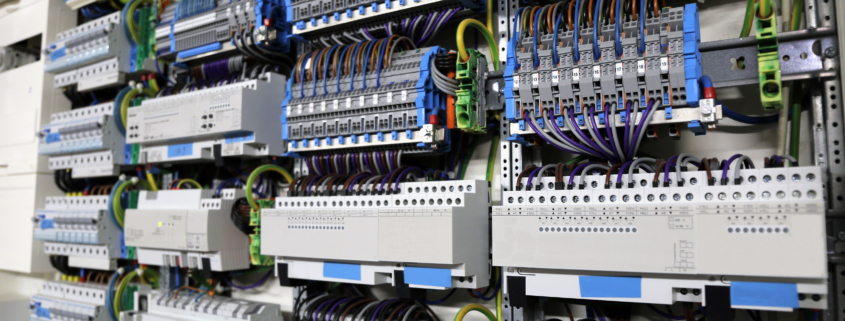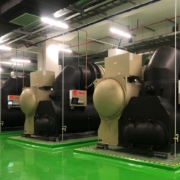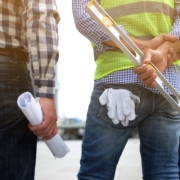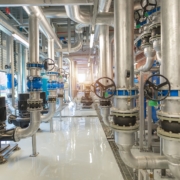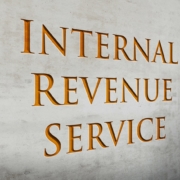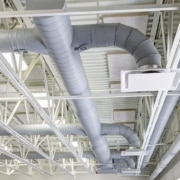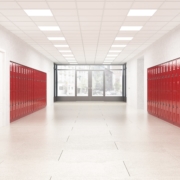Case Study 8 of 8: Qualifying as a designer of energy-efficient properties
Case Study 8 of 8: Qualifying as a designer of energy-efficient properties
Our final review of the IRS case studies in Memorandum AM 2018-005 wraps up our series examining eight scenarios that help clarify the confusion that can surround a successful §179D tax deduction allocation.
As IRS §179D tax deduction allocations have been available since 2005, the construction design industry is familiar with this desirable allocation. Now that the allocation amount has increased through the Inflation Reduction Act of 2022, it is even more important that this deduction is requested and allocated properly.
In this final case study, the IRS presents a subcontractor scenario. In this instance, a mechanical engineer on a design team hired a specialty subcontractor to design and install control systems for various elements of the project including: HVAC/HW, interior lighting, elevator, escalator, automatic doors, backup power, and several other building systems that use power. Collectively, these control systems are known as the Energy Management System.
The subcontractor did not design any of the §179D qualifying energy-efficient commercial building properties (EECBP) systems. However, and this is important to note regarding the IRS view of this scenario, the Energy Management System manages the systems for peak energy efficiency. When the project was completed, the subcontractor requested and was allocated the §179D deduction for the HVAC/HW and lighting systems, totaling $1.20 per square foot.
Was this a correct request and allocation? It depends.
The IRS says it comes down to a factual determination regarding whether the Energy Management System is part of the EECBP system. In this instance, the subcontractor would need to prove not that it designed the Energy Management System, but that it is an integrated part of the EECBP systems in the project.
If it controls the HVAC/HW system, and the subcontractor designed it, then this qualifies the subcontractor as a designer under the purposes of §179D(d)(4) and the allocation was correct. If the Energy Control System is not considered part of the EECBP systems within the government-owned building, then the subcontractor does not qualify as a designer. If this is true, the IRS advises that the deduction should be disallowed.
David Diaz is a partner at Walker Reid Strategies, a licensed professional engineering firm specializing in performing §179D studies and §45L certifications. Mr. Diaz is an expert in energy efficiency and specialty tax services who shares his insights at www.walkerreid.com and online through webinars. For more information, contact him at ddiaz@walkerreid.com.

